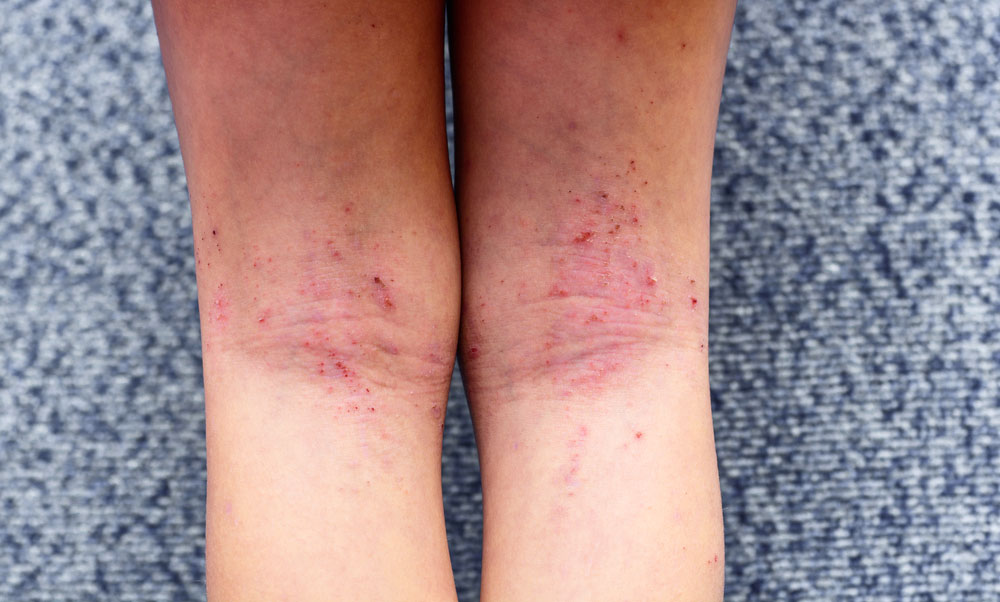Drug addiction is a topic that tends to spark conversation about psychosocial matters, and while drugs are notorious for having profound effects on all organs of the body, a number of different physical manifestations associated with drug abuse are often not known nor discussed.
“There are so many tell-tale signs of drug abuse in the skin that a lot of dermatologists don’t pick up on,” said Dr. Navid Ezra, a dermatologist in Thousand Oaks, California. “In my training, I have seen dermatologists recognize these signs and not address it with the patient. So, really they’re doing a disservice there.”
Dr. Ezra recently conducted a research that provided an overview of crucial dermatologic indicators of different types of drug use.
His research found that some of the most common general signs of substance use come from intravenous drug administration and infectious/vascular complications, but there are other signs to look out for, as well.
Marijuana
The psychoactive chemical components found in cannabis may have an innocent reputation when compared to other toxic substances, but they’re also responsible for skin problems.
“Cannabis can cause vessel constriction,” Dr. Ezra said. “Vessel constriction in the fingers can cause spasms and also cause this really cold feeling in your hands, so you can develop ulcers or ischemia, which is the lack of blood to the fingertips.”
One of the most serious cannabis-related conditions is cannabis arteritis, in which necrotic lesions/ulcers don’t stop bleeding and never heal. The condition happens because cannabis widens the blood vessels, while tetrahydrocannabinol (THC) – the main mind-altering ingredient found in cannabis – is a muscle relaxer that relaxes the arteries, resulting in lower blood pressure and increased blood flow to tissues.
The first case of cannabis arteritis was reported in the 60s and the condition remains not widely known. But studies suggest that it “may prove not to be so rare if one considers consumption of cannabis besides that of tobacco.”
Cannabis arteritis can result in limb amputation. But if diagnosed early, it can be treated with balloon catheters – however, patients will likely need to maintain a lifetime medication regime.
Dr. Ezra highlighted that cannabis arteritis is often misdiagnosed as atherosclerosis or blockage of artery walls. On the other hand, his research suggested that marijuana may provide benefits to the skin and that cannabinol has been proven to have antiproliferative effects that can decrease the production of sebum, which may be useful in acne treatment.
“There are a lot of compounds in cannabis,” Ezra said. “THC is the most well-known but there are a lot of other illicit and non-illicit preservatives in cannabis, and there are a lot of cutaneous manifestations that go along with both the THC and some of the other compounds that are within cannabis.”
Stigmata of injection drug use (IDU)
Injection marks are very common indicators of intravenous drug use. ‘Track marks’ are in fact the marks of post-inflammatory hyperpigmentation that can be seen at drug injection sites, where the underlying veins were damaged.
Drugs are normally injected into veins of the non-dominant arm and injection marks left behind can be easily… (continue reading)
















